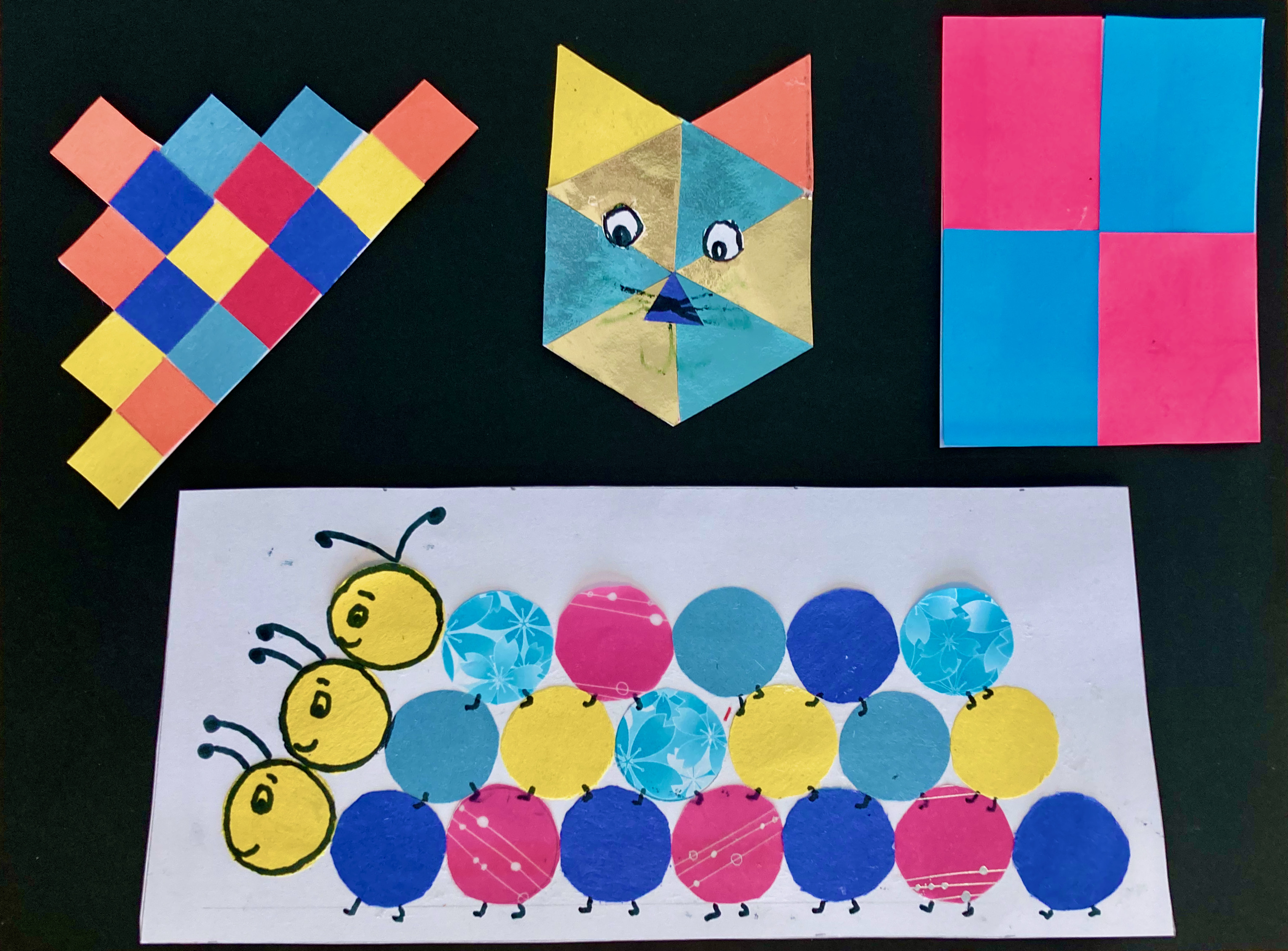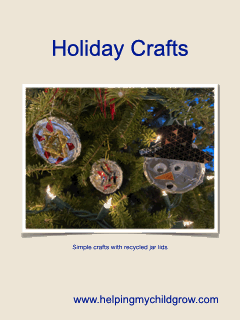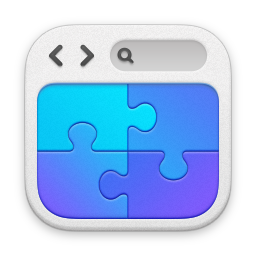Am I a shape that tessellates?
Get your kids being creative maths detectives and investigating tessellation using 2D shape patterns. Display their art on the wall, or fridge, or use it to make inexpensive personalized cards or bookmarks.
What is tessellation?
Tessellations are repeating patterns of 2D shapes that fit exactly together on a flat surface without leaving any gaps between them or overlapping.
What you need:
- 2D shapes to draw round;
Go on a shape hunt around your house or garden. Find 2D shaped objects to draw around, e.g. a coin or a square shaped table mat.
Or Click on the resources page. Print off the 2D shape template and cut out the shapes.
(Top tip: Printing the 2D shape template off onto card will make the shapes more durable.)
- Recycled wrapping paper, construction paper or bits of fabric (for cutting shapes out of)
- Colouring pens and pencils, crayons or other colouring media
- Paper to stick shapes onto
- Pencil
- Scissors
- A glue stick or white craft glue (Top tip: White craft glue dries clear)
What to do:
Before you start this activity, look at some examples of tessellating shape patterns, e.g. floor tiles, art work by the Dutch artist M.C. Escher, a chess board.
Think about why the shape patterns are tessellations.
Then:
- Choose a shape.
- Place the shape on top of a piece of coloured paper/fabric and draw around it with a pencil.
- Cut the shape out.
(Top tip: You can use shapes that have already been cut out for you.)
- Using the same shape but a different coloured piece of paper, repeat steps 1, 2 and 3 until you have all the shapes that you want to make your pattern with.
If you are making your tessellating pattern out of more than one shape, repeat steps 1, 2, 3 and 4 for each shape being used.
-
Make your tessellating pattern by arranging your shapes on a piece of paper and sticking them down with glue.
-
Be creative and have fun. Try using colouring pens, crayons or pencils to add more detail to your tessellation art.
Be a maths detective
Think about 2D shapes and find out more about tessellation. Here are a few ideas to get you started:
-
Can you think of any 2D shapes that will not tessellate? How do you know that they will not tessellate?
-
Go on a tessellating shape hunt. Can you find any examples of patterns made with tessellating shapes around your house/garden?
Look for examples of human-made tessellations e.g. fabric patterns on clothing, floor tiles and examples of tessellations in nature e.g. honeycomb, turtle shells
-
Do all triangles tessellate?
-
Can you make any other shapes from tessellating triangles?
-
Do all regular polygons (a 2D shape with at least three sides and three angles) tessellate? Why/Why not?
-
Can you make your own shapes that will tessellate?
Activity develops:
- Fine motor skills and hand-eye coordination
- Language skills, including mathematical vocabulary related to shape
- Understanding and knowledge about 2D shape (geometry)
- Creativity
- Investigative and reasoning skills
Other posts you might like: 2D Shape Pictures


